Hypoid Gear:An overview
What Are Hypoid Gears?
Hypoid gears are a type of spiral bevel gear where the axes of the two gears do not intersect. They are used to transmit power between shafts that are at right angles to each other but do not intersect. This unique design provides advantages in terms of smooth operation and higher torque capacity.
What Materials Are Used for Hypoid Gears?
Hypoid gears are made from various materials to suit different applications and performance requirements:
Alloy Steel: Offers high strength and durability, commonly used for automotive and industrial applications.
Carbon Steel: Cost-effective and provides adequate strength for many applications.
Stainless Steel: Provides corrosion resistance, suitable for harsh environments.
Cast Iron: Cost-effective and durable, often used for larger gears.
Brass and Bronze: Good for lower load applications and where reduced friction is beneficial.
How Do Hypoid Gears Work?
Hypoid gears operate by meshing their teeth at a right angle but with non-intersecting axes. This design allows for a larger contact area between the teeth, resulting in smoother operation, higher load capacity, and quieter performance compared to standard bevel gears.
What Are the Types of Hypoid Gears?
Hypoid gears can be classified based on their design and application:
Standard Hypoid Gears: Used in most applications requiring right-angle power transmission with high torque.
High-Performance Hypoid Gears: Designed for applications needing higher efficiency and lower noise, such as high-performance vehicles.
How Do Hypoid Gears Compare to Worm Gears?
Torque Transmission: Hypoid gears can transmit higher torque compared to worm gears.
Efficiency: Hypoid gears are generally more efficient than worm gears, which have higher friction losses.
Noise and Vibration: Hypoid gears operate more quietly and smoothly than worm gears due to their gradual tooth engagement.
Design Complexity: Hypoid gears are more complex and expensive to manufacture compared to worm gears.
What Are the Advantages of Standard Bevel Gears Over Hypoid Gears?
Simplicity: Bevel gears are simpler in design and easier to manufacture.
Cost: Bevel gears are generally less expensive due to simpler production processes.
Efficiency: In applications with less need for torque, bevel gears can be more efficient.
What Are the Benefits of Hypoid Gears Over Standard Bevel Gears?
Higher Torque Capacity: Hypoid gears can handle higher torque loads due to their larger contact area.
Quieter Operation: The smooth tooth engagement of hypoid gears results in quieter performance.
Compact Design: Hypoid gears allow for more compact designs, especially in automotive differentials.
What Are the Applications of Hypoid Gears?
Hypoid gears are widely used in applications requiring high torque and smooth operation:
Automotive Differentials: Provides efficient power transmission in vehicle axles.
Industrial Machinery: Used in conveyors, mixers, and other heavy machinery.
Aerospace: Suitable for actuators and control systems requiring high precision and reliability.
Marine: Used in propulsion systems and deck machinery.
Why Choose Welleshaft for Your Hypoid Gear Needs?
Choosing Welleshaft for your hypoid gear requirements offers several benefits:
Expertise: Decades of experience in gear manufacturing, ensuring high-quality products.
Advanced Technology: Utilization of cutting-edge manufacturing techniques and equipment.
Customization: Ability to create bespoke solutions tailored to your specific needs.
Quality Assurance: Commitment to stringent quality standards for reliable and durable gears.
Customer Support: Dedicated service and support throughout the entire process, from design to delivery.
By understanding the features, advantages, and applications of hypoid gears, you can make informed decisions for your mechanical systems, ensuring optimal performance and reliability. Choosing Welleshaft guarantees access to high-quality, custom-tailored hypoid gears backed by decades of experience and advanced technology.

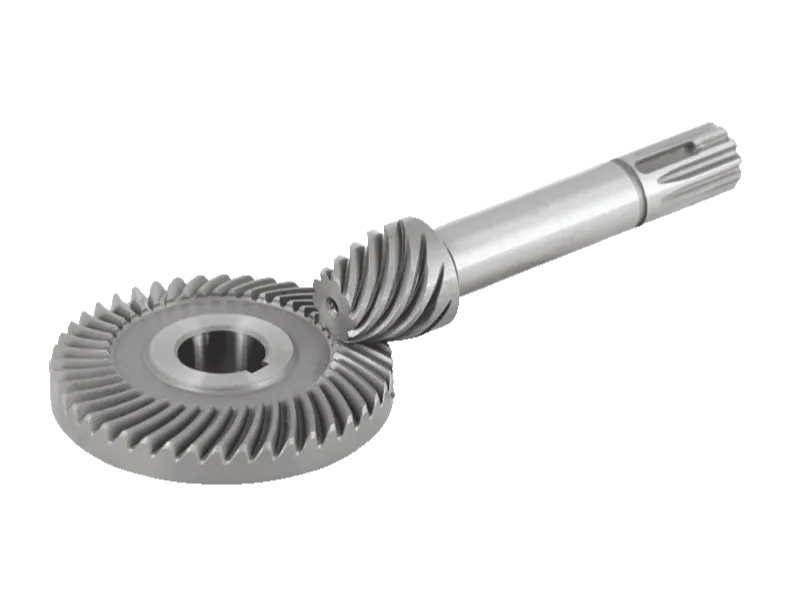
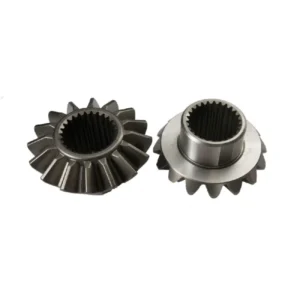
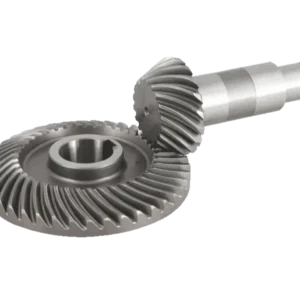
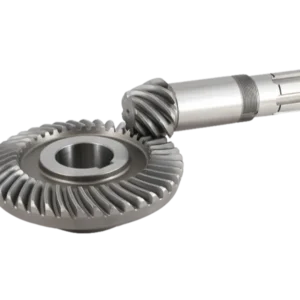
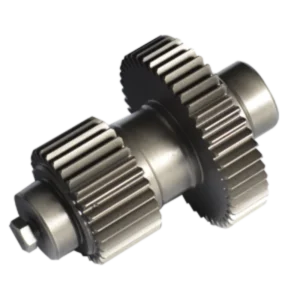
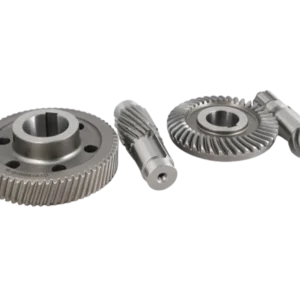
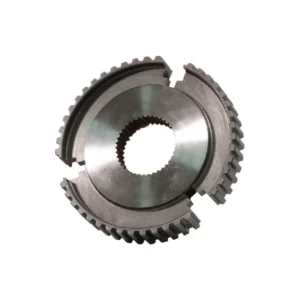
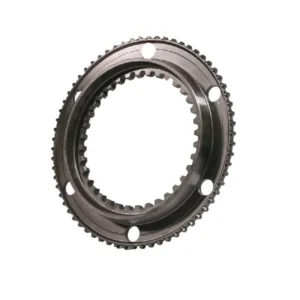
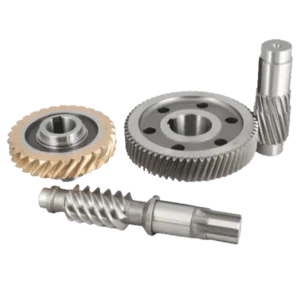
Reviews
There are no reviews yet.